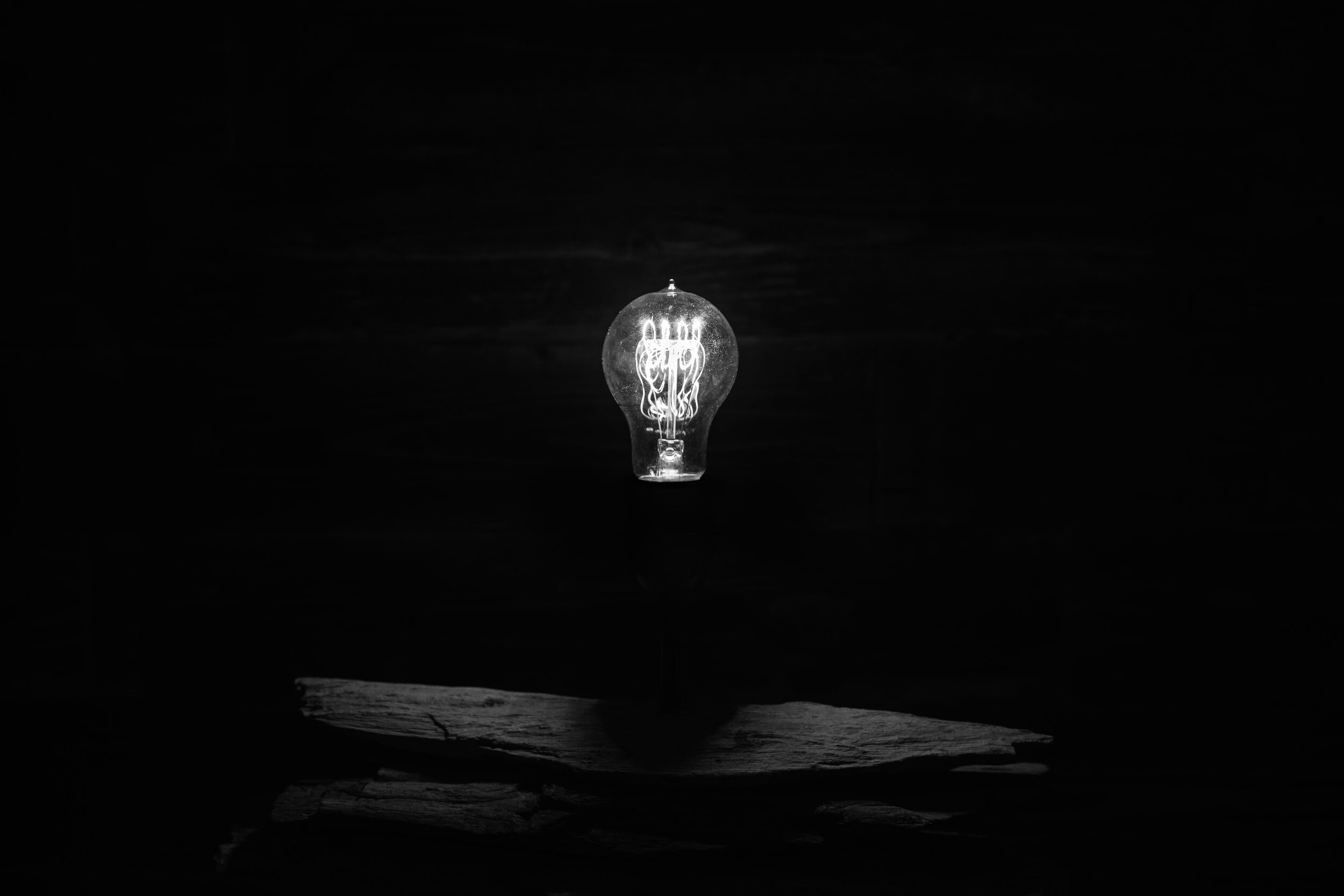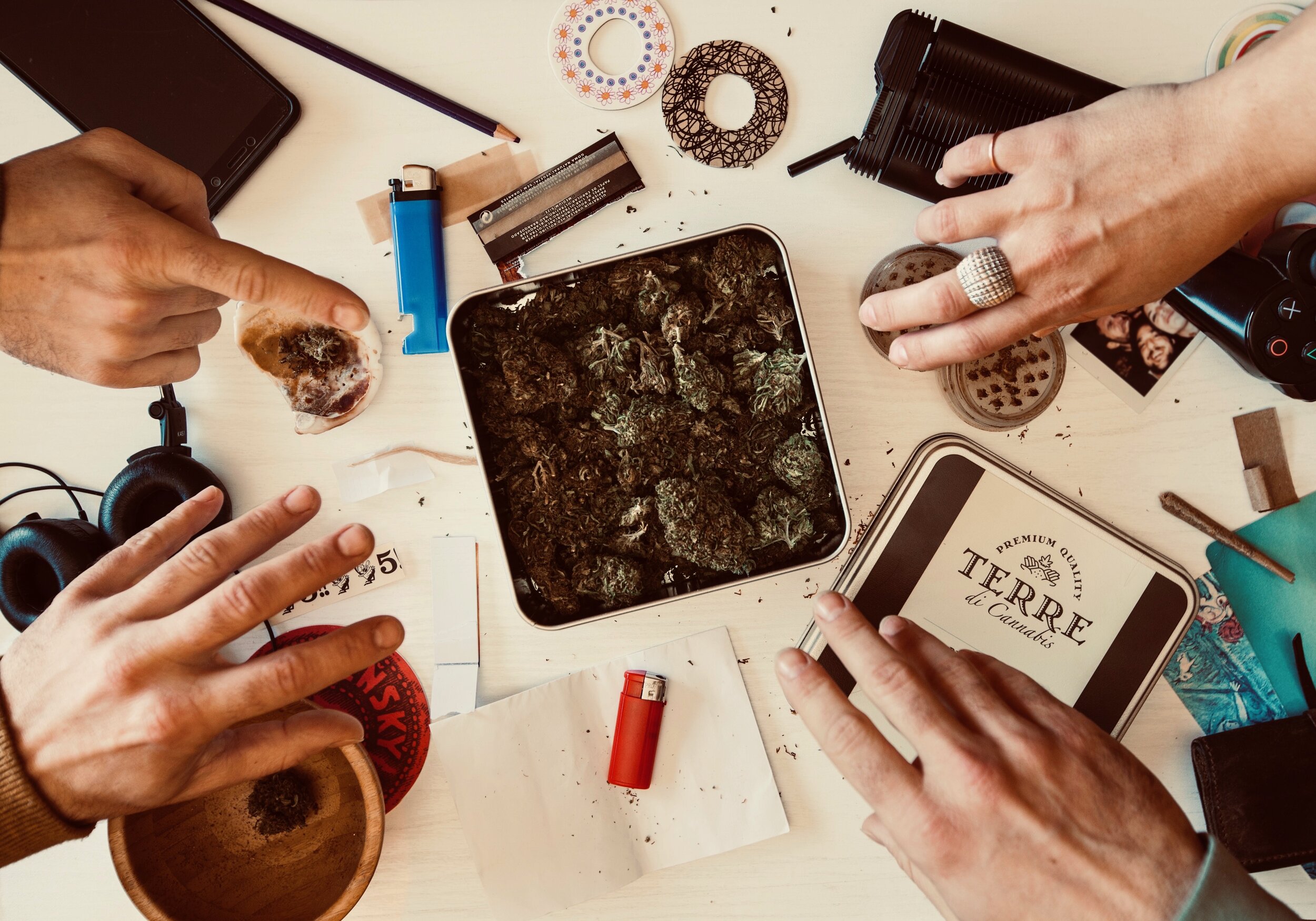Why Music Sounds so Damn Good When You’re High on Cannabis

Why Music Sounds so Damn Good When You’re High on Cannabis
Cannabis and music go together like salted butter and warm bread. Whether it’s a blatantly obvious cannabis-centric bop like Afrojack’s “Because I Got High” or something more subtle like the cannabis inspired Beatles’ song, “Got to Get You Into my Life,” there is an evident connection between the two. But why? Some may think cannabis and music are simply integral to ‘stoner culture,’ but it’s actually much more complicated than that.
The link between music and cannabis might seem incidental but years of research are revealing cannabis’ scientific ability to enhance creativity. Dr. Jörg Fachner explained to Vice Magazine, “[Marijuana] works like a psycho-acoustic enhancer. That means you are more able to absorb, to focus and to have a broader spectrum [musically]. It doesn't change the music; it doesn't change the ear functioning. It changes the way we perceive music,” when asked what cannabis is doing to our brain. He continues on by illuminating cannabis’ ability to refocus its users’ attention to the current moment by changing their perception of time. According to Dr. Fachner, listening to music is a “time process,” therefore, it becomes ethereal for both artists and listeners while high.
Similarly, a study conducted in the 1970s found that cannabis not only enhanced an individual’s ability to hear sounds around 6000Hz, but also suggested that they liked these sounds more. Much of the music associated with ‘cannabis culture’ contains rockin’ guitar solos, like the Grateful Dead, or blowing horns, like Louis Armstrong, which would be more enjoyable given this body of research. Cannabis users are more sensitive to sound intensity thresholds and possess better speech perception which suggests sounds are clearer: “This means that they are able to distinguish words from background noise much better than when they were not under the influence of marijuana.” Unique patterns between the music notes are easier to discover while under the influence than while sober.
Pilgrim Soul is the first cannabis brand created to enhance creative performance. For more information, visit pilgrimsoulcannabis.com.
Modern data discovered by brain mapping shows increased activity in the parietal area and the right hemisphere of the brain when comparing reactions to the same song before and after using cannabis. The parietal area is responsible for how we process information. Increased levels of activity in this area link to efficient problem solving. Correspondingly, the right hemisphere is related to creativity, intuition, imagination and more. Thanks to cannabis, people are able to fully immerse themselves in their creative processes, which makes things like listening to and making music more pleasurable.
Famous musicians of the past and present smoked a little (okay…maybe a lot of) weed to aid their creativity. The modern history of marijuana and music date back to the 1900s with legendary jazz musicians in New Orleans, like Louis Armstrong and Cab Calloway, popularizing the use of ‘reefer’ in their songs: “The consumption of marijuana among musicians, above all those playing in so-called “jazz bands”, is wide-spread, since under the influence of the drug they seem to attain a certain gift which they do not normally possess… they become “hot” (Shapiro). As the science states, cannabis truly enhances an artists’ musical expression. Cannabis helps these musical phenoms by refocusing them on the present moment thus allowing for more meaningful musical stylings.
The beneficial effects of cannabis are not simply limited to jazz music. Genres like reggae, hip-hop, alternative and R&B took notes from the jazz world and began popularizing cannabis use through their work in the late 1980s and 1990s. Musicians might not be getting “hot” anymore, but the effects of cannabis on their music is still the same. Artists like Alanis Morissette continue to praise cannabis for allowing them to further tap into their creativity:
"As an artist, there’s a sweet, jump-starting quality to [marijuana] for me. I’ve often felt telepathic and receptive to inexplicable messages my whole life. When I’m high – well, they come in and there’s less of a veil, so to speak. So if ever I need some clarity, or a quantum leap in my own consciousness, or a quantum leap in terms of writing something or getting an answer, it’s a quick way for me to get it" (Morissette).
Although there is still much to discover, it is good to know that music and cannabis are connected both scientifically and creatively. Cannabis allows for a deeper connection, an enhanced imagination and a clearer sound; thus, providing an overall better musical experience when using cannabis responsibly, of course. So next time you relax, roll one up or make some cannabis brownies and immerse yourself into music —you now know why it sounds sound so damn good.
Works Cited
Fachner, J (2003) Jazz, improvisation and a social pharmacology of music. Music Therapy
Today (online) Vol. IV, (3) June 2003, available at http://musictherapyworld.net
Grass is Greener. Directed by Fab 5 Freddy, Netflix, 2019.
Mammoser, Gigen. We Asked Some Experts Why Weed and Music Go So Well Together, Noisey by Vice, 20 Apr. 2016, www.vice.com/en_us/article/3dea3k/420-music-weed-expert.
Pigeons. “420 Wisdom: Weed Quotes From Your Favorite Musicians.” Complex, Complex, 20 Oct. 2016, www.complex.com/pigeons-and-planes/2014/04/420-wisdom-weed-quotes-from-your-favorite-musicians/jimi-hendrix-6.
Shapiro, H. (1988). Drugs & Rock ́n Roll (D. Voigt, Trans. Dt. Edition 1989 ed.). Wien:
Hannibal Verlag.
Welch, Gus. “Relationship Between Weed and Music.” Potent, Vocal, 2017, vocal.media/potent/relationship-between-weed-and-music.







